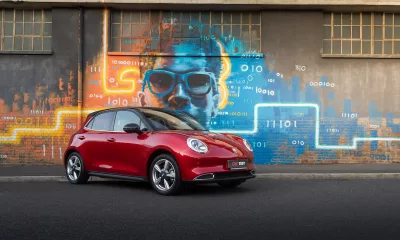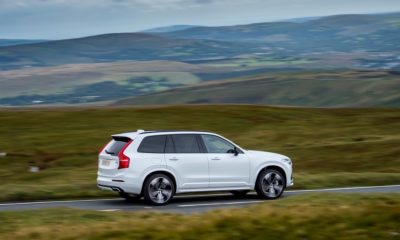The long-awaited 3,0-litre V6 turbodiesel certainly raises the game, but is it worth that price?
When the Amarok was launched here in 2010, the harde-baarde had a few choice phrases to describe a bakkie fitted with a mere 2,0-litre turbodiesel engine. The fact that it was more refined and accomplished than the opposition (winning our comparison test in 2013 in eight-speed auto form) did not alleviate the concerns around South African braai fires.
Five years later, and facing formidable new opposition in the form of the Toyota Hilux, Mitsubishi Triton and the Nissan Navara, all now sporting downsized turbodiesel engines, the 2,0-litre Amarok triumphed again as our leisure bakkie of choice in our double-cab shootout. With most of the perceived reliability concerns unfounded or resolved (read: cambelt failures), was it really necessary for Volkswagen to launch a 3,0-litre turbodiesel V6 derivative? It will be the only V6 turbodiesel double-cab in our market after the previous generation Nissan Navara with the V9X unit was discontinued some years ago and clearly the German firm is targeting the void right at the top echelon of double-cab bakkie performance.
Everyone in the office came back impressed after an outing in the V6 Amarok, with mention of its luxury SUV-like performance from the 3,0-litre engine mated to the slick-shifting eight-speed automatic transmission a common thread of conversation. Not that this surprised us; after all, this excellent engine does duty throughout the Volkswagen group, including service in the impressive Audi Q7.
In the Amarok, it delivers 165 kW and 550 N.m, easily making it the most powerful diesel bakkie available locally. Add the overboost function that raises the output to 180 kW and 580 N.m for 10 seconds to aid overtaking and the owner has reason to be confident once the accelerator is mashed. This was proven on our test strip when, stopping the clock at 7,82 seconds, the Volkswagen became our fastest-ever double-cab to hit 100 km/h. We achieved this in manual mode by flicking the upshift paddle behind the steering wheel as the rev counter nudged the 4 000 r/min mark. This proved faster than sport mode could muster, allowing the engine to rev closer to the redline.
It’s a mightily impressive stat for a vehicle weighing in at 2,2 tonnes and a lot of credit needs to go to the transmission’s quick-shifting ability. This quality also played its part in the crushing in-gear acceleration times, where it registered a 80-120 km/h time of just 6,03 seconds. This appears not to have come at the expensive of fuel economy, however; on our 100 km fuel route, the Amarok V6 used an impressive 9,1 L/100 km.
The braking performance from the all-disc arrangement (a first for a bakkie of this nature in our market) was as impressive and the Amarok recorded a SUV-like average of just 3,09 seconds in our punishing 10-stop-emergency-braking routine from 100 km/h to zero. It is worth noting that the best braking time achieved of only 2,82 seconds is normally reserved for performance vehicles and this sets a new benchmark in the bakkie segment.
Although the powertrain is a standout feature, VW has taken the opportunity to facelift the entire range. The V6 therefore gains a redesigned front bumper and grille, a third brake light, and a new wheel design. It is all fairly understated and only a keen eye will spot the V6 badging on the grille and tailgate that distinguish this model from its lesser siblings.
Inside, the dash has changed to enhance the SUV-like attributes with the rectangle vents (replacing the round versions) and a 6,3-inch touchscreen the main tweaks (USB is now standard). There are still no soft plastics in the cabin, but it has a well-built feel. The combination of the wide reach-and-rake adjustments on the steering wheel and manual driver seat culminate in one of the most comfortable driving positions in the segment.
Like the attributes common to the rest of the Amarok range, the ride is composed on both tar and gravel. Some testers complained that the hydraulically assisted steering is heavy, especially at parking speeds. This, in combination with the V6’s added mass up front, does impact this top model’s agility. That said, it is still very dynamically adept for a bakkie, although it has lost a slight edge to the lighter, 2,0-litre version.
So do all these SUV-infused qualities render the V6 Amarok soft? Gauging by its off-road competence (there’s a diff-lock and an off-road programme that also alters the ABS behaviour on dirt) and a 3 300-kg braked towing ability, the answer is a resounding no. The standard payload of 867 kg can be increased to 1 010 kg by choosing uprated leaf springs at the rear as a no-cost option to cement the point.











